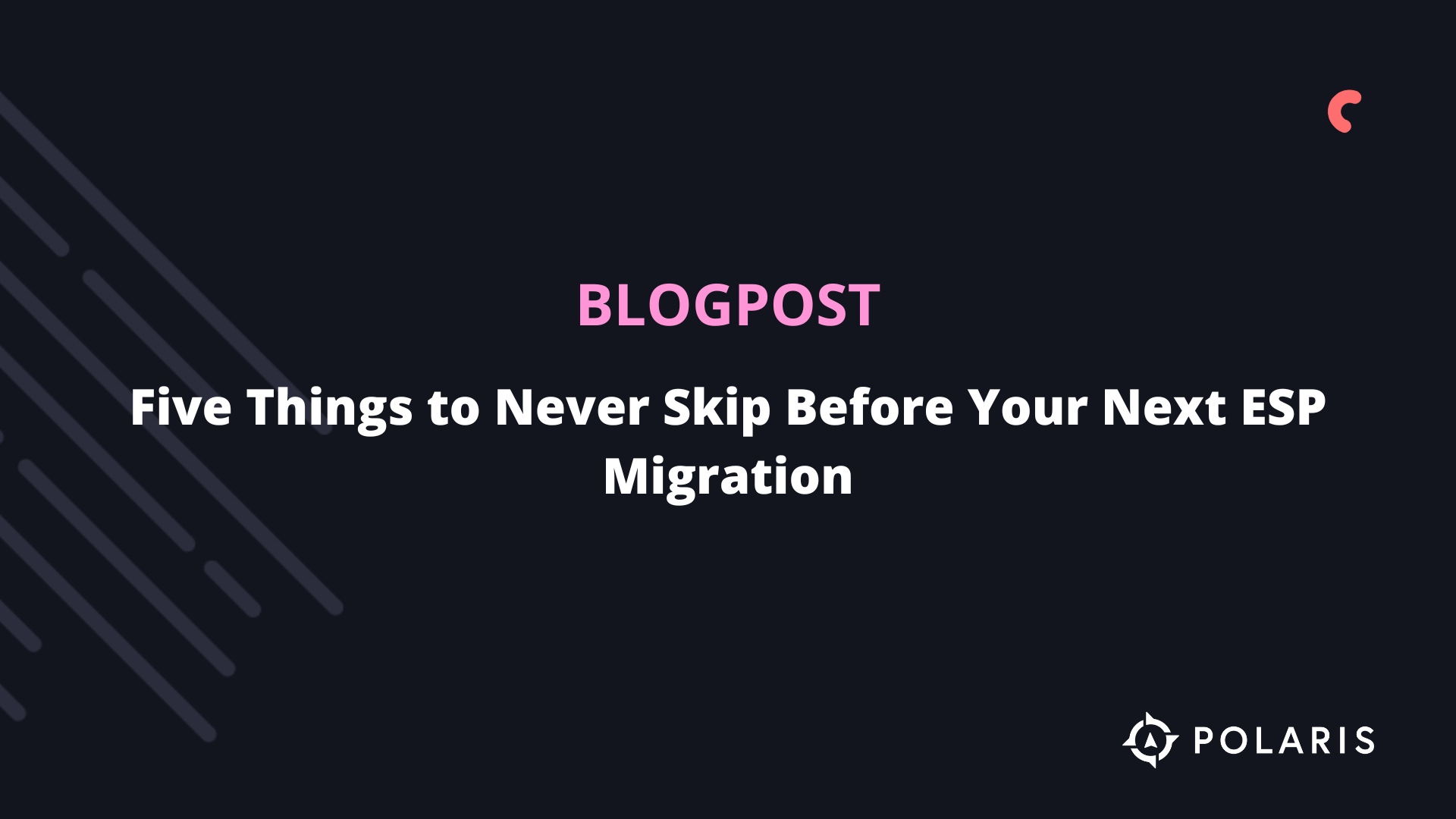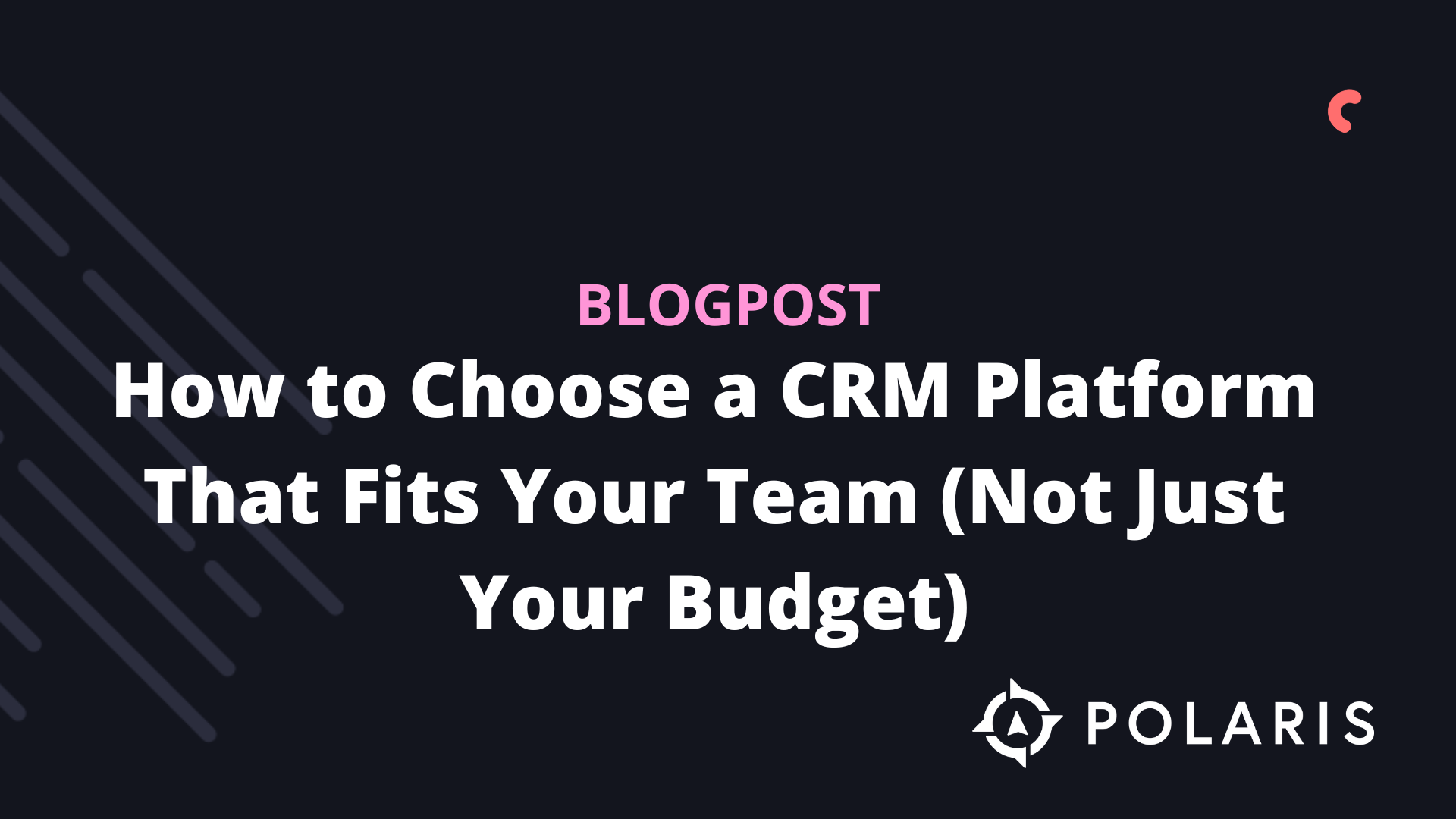Understanding Customer Lifetime Value: What it means for your business in 2025


.png)
‘Customer Lifetime Value’ (CLV) is the metric that all businesses should follow, especially those in e-commerce. Here, we provide an overview of what CLV is, what it means for your business, and how you can use lifecycle marketing strategies to get the most out of your customers.
Slow and Steady
We’ve all heard the story of the tortoise and the hare, and the old saying “Slow and steady wins the race.” With the right interpretation, this is good advice for most businesses.What this analogy tells us is that we need to keep our eyes on the prize. To look ahead, and not fall for the immediately gratifying things, like that foolish old hare did. Napping in warm hay bales (or, more relevant for e-commerce; gross profit on individual, first purchases) can distract us from the bigger picture.
The tortoise, on the other hand, kept plodding along steadily until he reached his goal.
That doesn’t mean we should completely avoid short-term profit (there are plenty of opportunities that you should definitely seize). What it does mean is that we must ensure we see the forest for the trees.And that’s where Customer Lifetime Value comes in.
Lifetime Customer Value
CLV is the average total spending of your customers. It’s a calculation of what the average customer is worth to your business over all their purchases and interactions. If you do it right, a large portion of your sales should be a recurring activity (this is where Lifecycle Marketing comes in), and therefore your CLV should be a much higher figure than just an average purchase.
In short: CLV is the long game.
Calculating CLV
There are a few different ways to calculate CLV. Many businesses consider various factors, but for e-commerce (and for brevity), let’s keep it simple for now.
The basic calculation would be:
(Average annual revenue per customer × Average years of customer relationship) - Cost to acquire a customer = Lifetime customer value
Depending on your e-commerce platform, you shouldn’t have any trouble calculating these figures (feel free to contact us and we can show you how).
So why is tracking this important for your marketing? Once you know how much each new customer is worth to your business, you can properly calculate your marketing and sales budgets. It’s just like a game of chess; you need to know how many pieces you have on the board before you can effectively execute your strategy.
Acquiring More Customers
Now that we know our CLV, let’s use it.
Yes, you need a budget to attract new customers, but don’t fall into the trap of limiting your lead capture to less than the profit from a single purchase. Remember: it costs five to twenty-five times as much to acquire a new customer as it does to retain an existing one. You will need to spend a lot upfront to capture leads, but knowing your CLV makes this easily justifiable.
For example: ‘Loss leaders’. This is a highly effective strategy for attracting new customers, yet one that remains largely underutilized in e-commerce. The idea is to ensure that your first offer to a potential customer is one they cannot refuse. You might not make money on your first sale, but you’ve won a customer. Now you have a much larger chance to sell to them again. And again.
If you know your CLV, you can calculate exactly how generous your first offer can be. Combine this with some Lifecycle Marketing strategies to boost your recurring activities, and you have a recipe for maximizing profits.
Retaining Customers with Lifecycle Marketing Practices
Now that you have your customer, it’s time to ensure you keep them (and maximize your CLV in the process).
It’s important to remember that, depending on your service level, product offerings, and many other factors, your CLV will fluctuate.
Fortunately, this fluctuation can be positively driven by Lifecycle Marketing practices. We’ve mentioned that term a few times in this post—so if you’re not familiar with the concept, we highly recommend checking out our free e-book on the subject.
You might also want to see how these methods have helped some of our previous e-commerce clients. Jump to our case studies and take a look!
%20(1).png)





